Canon EOS 5DsR Review
Dustin Abbott
July 20th, 2016
Canon EOS 5DsR review
The Megapixel Wars
Ahh, the bloody days of the MegaPixel Wars. In the previous generation of cameras Canon had boasted the highest MP counts in most of its bodies, but when the Canon 5D MKIII and the Nikon D800 were released the roles were reversed. While the Canon had a modest bump to 22.3MP (from 21MP) the Nikon D800 jumped to 36.3MP (from the 12.1MP in the D700), and most of those who had previously argued in the Nikon camp that high megapixels were unnecessary now announced that high MP was the way to go, while many Canon apologists took the opposite tack. Both the D800 and 5D MK3 have been very successful cameras, though the D800 formula has been tweaked a good deal more (D800e/D810) over the last four years. Along the way Sony pushed the bar a bit higher with is A7RII mirrorless body and it’s 42MP. The voices grew louder for Canon to answer this challenge…and that answer eventually came in the form of the 5Ds/5DsR twins. The headline selling feature of these new bodies was an all new 50.6 MP full frame sensor; a massive amount of resolution that left the competitors in the dust. Canon also followed the lead of Nikon with its D800/D800e twins by having two identical models differentiated only be one not having the traditional low pass filter (D800e/5DsR). The removal of this filter allows for more ultimate resolution though at the cost of more moiré where repeating patterns occur. The Canon EOS 5DsR also comes at a price premium of $200. Different strokes for different folks.
Canon definitely has the bragging rights (for now), but the debate over the necessity of ultra high megapixels rages on. It is clear from the photography communities that I participate in that the 5Ds/R variants have been somewhat polarizing. While a new 5D model will typically have the majority of the crowd panting for an upgrade, the 5Ds/R seems to have brought more caution. While not scientific, I noted that after being on the market for six months the 5Ds had only 34 user ratings on B&H Photo and the 5DsR had only 36. I’ve seen a number of significant discounted prices in a way that I did not see in the first year (or even few years) of the 5D3. These have not been populist models (and, to be fair, that isn’t really their intention.) There are a few other upgrades over the 5D3 that I will detail in a moment, but the 5Ds/R is at best an incremental upgrade of the 5D3 in other areas, and perhaps even a mild regression in some. In short, there is only one real reason that would compel a person to upgrade or choose the 5Ds/R over the more inexpensive 5D3 – all those megapixels.
My review will focus primarily on whether or not having that massive amount of pixels is worth the inevitable trade offs. Obviously different photographers have different needs. Some people swear by the flexibility and absolute image quality provided by the 5Ds/R while others determine that its benefits aren’t worth the inherit weaknesses that come with such an extreme beast. My hope is to give you an informed opinion on this along with an assessment of who I think would benefit from ownership and who would not.
Prefer to watch your reviews? I’ve got you covered…just click below or follow the link to YouTube for full resolution:
I am a little late to the party in reviewing the 5DsR. I have been considering one for myself, so that is part of my logic, but I have another reason for reviewing one now (a good part of a year after release). That reason is the fact that the release of the 5D4 is expected this fall. I wanted to have a clear impression of the 5DsR so that I could compare and contrast with the 5D4 upon its arrival. That camera will almost certainly have different priorities/strengths from this one, and I want to bring my viewers/readers an informed opinion.
I have an extensive kit of lenses, but I have chosen to focus on a few very current lenses for both practical and professional reasons. The practical reason is that calibrating lenses to a body is a time consuming process, but such a high resolution body demands lenses to be properly calibrated as it will reveal every flaw. So I will primarily be using three lenses: the Canon EF 100-400mm f/4.5-5.6L IS II USM along with the new Tamron 45mm f/1.8 VC and 85mm f/1.8 VC primes. The former will help me determine whether or not the benefits for wildlife shooting (massive cropping ability/crop mode) offset the somewhat slower burst rate when compared with competing models. The Tamron twins are both among the highest resolving in their class and, more importantly, they have effective image stabilizers, which many 5Ds/R shooters have reported becomes extremely important as the high MP count really punishes motion blur.
Build and Handling
In this video I break down the feature set and design of the 5DsR:
If you are coming from a 5D3 (or even a 5D2), the layout of the 5DsR will seem very familiar. It is, essentially, a new sensor in the same 5D3 body. The button position is essentially identical, so 5D3 shooters will find everything falling to hand in a very familiar way. Canon is perhaps the best of the bunch when it comes to logical configurations and ergonomics, though I will say that I prefer the one handed image review operation of the 6D/80D over the 5D series, which requires both hands to hit “play” and “zoom” (left side of the screen) and then to actually zoom in (right hand). The thumbstick of the 5 series is very handy, though, and I would say it is the one handling feature that stands out as the most useful over Canon’s less expensive options.
The advantage of using essentially the same body for this new camera is that a number of the 5D3 accessories can be shared/used (battery grips, underwater housing, etc…). The 5DsR uses the new LP-E6N batteries, but is still backwards compatible with the older LP-E6 batteries used by the 5D3.
The downside is that the 5DsR lacks any of the modern connectivity features that are now standard on many cameras – WiFi, GPS, NFC, etc…
The only real noticeable difference from the 5D3 is that the bottom plate and tripod mount is significantly reinforced. You will note far more screw heads that you are accustomed to seeing on the bottom of Canon DSLRs. This (along with internal changes to the shutter/mirror mechanism) is all about reducing vibration and allowing as much stability as possible. That massive resolution will make motion blur and other defects more obvious, and Canon has designed this camera to help reduce that vulnerability.
Underneath the “hatches” on either side of the 5DsR you will find slight differences from the 5D3. On the left side the USB 2.0 port has been replaced with a USB 3.0 port (important for transferring all of that data!). The downside is that the size of the USB 3.0 port necessitated the removal of the headphone jack for monitoring audio (according to Canon engineers). This is an important omission for those interested in doing video.
On the right side of the camera the memory card slots (one CF/one SD) look the same, but, very importantly, the 5DsR (unlike the 5D3) now supports the UHS-I SD/SDHC/SDXC standard. You can take full advantage of the easier to work with fast SD cards rather than having to rely on CF for speed. I saw no difference in operation moving between a fast CF card and a fast SD card.
Here are the raw numbers from Canon’s three different “midsize” full frame bodies.
_____________________________________________________________________
Camera |
Weight |
Frames Per Second |
| Canon EOS 5Ds R | 29.81oz/845g | 5 FPS |
| Canon EOS 5D3 | 30.24oz/860g | 6 FPS |
| Canon EOS 6D | 27.16oz/770g | 4.5 FPS |
_____________________________________________________________________
What stands out here is that Canon has (surprisingly) managed to shave a few grams off the 5D3’s weight. Unless you have extremely sensitive hands, you probably won’t notice the difference, but weight has a way of adding up, so every little bit helps. The 6D is both lighter and less bulky, so it does have a different feel in the hand. My wife has small hands, but when I had her use the 5DsR she still found it comfortable to use (though the 6D/80D are more natural fits).
Yes, the 5DsR has a slightly lower burst rate and rated buffer size than the 5D3, but when one considers that more than twice as much data is moving through that pipeline the insignificant reduction is pretty impressive. The 5DsR employs dual Digic6 processors to make this happen. I was able to get 14 50MP RAW shots in a burst before the buffer filled and the burst rate dropped. Some have asked if these figures improve when using MRAW or another lower resolution figure, but the answer is “no”. Canon’s DSLRs are designed to produce their rated burst/buffer figures at the most challenging settings, but I’ve rarely seen much of an improvement at less challenging settings. I still got 14 MRAW (28MP) shots before the buffer filled and the burst rate slowed down. I did get 16 SRAW (12MP) shots before the buffer slowed. The only real advantage I could perceive is that the buffer (write) did clear up quicker with the smaller sizes and the camera was ready to shoot again faster. But in many ways there is little practical advantage in burst rate/buffer to shooting at a lower resolution. If you want to keep shooting and shooting, choose JPEG. You can then shoot until the memory card is full.
These specs are not going to be good enough for serious sports shooters and even some wildlife shooters, but they are good enough for many other applications. This is more of a specialist camera, and not really designed to supplant the 5D3 as the everyday workhorse for many photographers.
One final thing worth noting is that while Canon cameras typically have excellent/logical menus, the 5DsR seems to have a little better one than most. It is nicely laid out with clear and easy submenus under six headings. The end result is text a little larger than usual and easy navigation despite a number of additional menu options. Less is hidden away in the custom menus and all the features are easier to access. Things like the various autofocus “cases” were explained nicely and I found that I was usually able to quickly find the setting I was looking for.
Bottom line: if you are familiar with Canon’s 5 series you will find the 5DsR both familiar and satisfying to use…just don’t expect a lot of revolutionary improvements. This isn’t so much an all-new model as it is a very big new engine in an existing model.
Other Upgrades
The unique demands of such massive sensor resolution (along with technology advancements in the years since the 5D3’s release) have led to a few other features, though the 5Ds/R is not a showcase of Canon’s newest technologies. Notably lacking are things like DPAF, a touch screen, or any kind of video advances (the 5DsR actually lacks a few of the 5D3s video features like a headphone jack or uncompressed HDMI video).
Included in the feature upgrade set is:
- A reinforced tripod socket to help really anchor the camera down to provide additional stability.
- A specially tuned mirror mechanism that can reduces mirror slap and helps limit the vibrations that can cause blur. There are also some options to program the shutter/mirror behavior to help reduce vibration further.
- Flicker detection (like the 7DII/80D) that helps synchronize continuous shooting to get consistent exposures under lighting that flickers/cycles continuously (sodium lights are among the worst!)
- A built in intervalometer for shooting time lapses and the ability to combine them into a movie in camera. The camera also has a built in bulb timer, which is certainly a nice option.
A nice little list, but, let’s be honest: no one is paying nearly $4000 for these feature upgrades. It’s really all about that incredible sensor! One final change over the 5D3 is a switch to USB 3.0 (to help facilitate moving those big files!). The female port in the camera is the micro B USB 3.0 jack – one that you may not have lying around (one is included in box). It is this change that resulted in the headphone jack being removed; there wasn’t room for both. Count this among the downsides of leveraging an existing camera body.
Canon has implemented a version of AF Servo focus during video (Movie Servo AF), though it pales in its performance when compared to the new 80D body and its advanced DPAF. The 5DsR’s Movie Servo AF tends to hunt more, focus comes more slowly, and it is prone to completely drifting out of focus at times. Tracking isn’t nearly as good, either, though face detect works pretty well. The 5DsR is capable of producing some beautiful video footage (like most of Canon’s DSLRs), but should not be seriously considered by those whose priority is video. Moiré (a 5DsR weakness) is much more of a video issue than it is a stills issue. The massive resolution of the camera is mostly wasted for video, as video resolution tops out at 1080P. Don’t choose the 5DsR if video is your priority; the 5D3 is a much better video rig.
Crop Shooting Mode
One tangible benefit from the huge sensor is a new crop shooting mode. This allows you to shoot in 1.3x crop mode (APS-H at 30.5MP) or 1.6x crop mode (APS-C at 19.6MP). This is still plenty of resolution in either mode. In practice, however, this isn’t as exciting as it sounds.
- No, you can’t actually mount Canon EF-S lenses – the lenses still won’t physically mount. You can mount third party APS-C lenses (Sigma, Tamron, etc…) as they actually come in an EF (rather than EF-S) mount.
- The viewfinder doesn’t “zoom in” in these modes. Your choice is to either have the area masked out or an overlay that shows the outline of the cropped area. A similar effect is shown when reviewing images.
- Live View will show the cropped image, but when you review images on the LCD screen after capture they continue to show the “mask” rather than the actual crop.
- The one advantage is that in APS-C mode there is enough AF point spread to cover almost the whole frame.
- When the images are downloaded to a computer they will show up in the cropped look, but you do have the option to recover the full coverage by using the crop tool (it will show the full image with the crop over the APS-C section that you can then expand it back to the full frame area). Because the full frame image is actually being recorded the file size is not any smaller in crop mode.
It’s always nice to have options, of course, but one has to wonder if they wouldn’t be better off just cropping in post. That may not be an option for some of you, though, particularly those who give the client the memory card at the end of a shoot. Some may find a framing benefit in composition, too. I personally tried out the crop mode and decided for my purposes that I would rather crop in post where I can better see what I am doing.
Autofocus
Good autofocus is incredibly important in any camera, but even more so in a camera with enough resolution to reveal even the slightest miss of focus.
Familiar AF System = Good Thing
Once again the 5DsR has inherited something from the 5D3; in this case it is the 61 point AF system with 41 cross type sensors. The 5D3’s AF system was a huge advance over previous systems, and has continue to be recognized for its excellence. It is precise, highly configurable, and just works…period. The system has been given some new tweaks, however, most noticeably in an improved 150,000-pixel, 252-zone RGB+IR Metering Sensor. This is borrowed from the 7DII, and gives improved tracking performance through better AF point selection and face tracking. The majority of these improvements will be realized in AF Servo mode.
The improved metering system is also going to produce more precise metering, and I can attest that the camera does a very good job metering in various modes. The inclusion of the Anti-Flicker mode is one of the most useful new features to people like myself who shoot events. It gives you far more even results under artificial lights that cycle. This is a very tangible advantage over the 6D bodies that I typically use in this setting. Expect all of Canon’s better DSLRs to include this moving ahead.
This AF system has been thoroughly covered by many journalists and photographers, so I won’t spend a lot of time on it. What I will do is give you is a few real world observations.
The AF system works very well. The camera tracks well, the outer points continue to be completely usable (though they prefer first party lenses over third party, for the most part), and my focus consistency has been very good. The center point isn’t quite as sensitive as the 6D’s (but I haven’t really seen it matched yet), but being able to compose with focus point groups definitely helps you in both the ease of composition and its speed. My experience continues to be that you will get your most precise results with wide aperture lenses using single AF points or a single point supported by others, but I feel my focus results in most all modes are reliable (I don’t really use “all points active” mode).
Use with Teleconverter and f/8
I wanted to test the performance of the 5DsR with the 100-400L II + Canon’s 1.4x III teleconverter. The new Canon EOS 80D opens up more points with this combination than what the 5DsR offers, as it limits you to the center point + the supporting four points (to each point of the compass). Tracking is a bit more of a challenge with so few points, obviously, but if you keep the points on the subject the lens/camera combo tracks very well. I was able to run off a nicely focused series of a boy on a bike, though with a single point it is easier to track something moving towards you than across the frame.
Birders will probably find it better to just shoot with the bare lens and have all 61 AF points available for tracking. You have massive cropping potential in post. Lenses and teleconverter combinations with a maximum aperture of f/5.6 will continue to have all focus points available; it is only the f/8 combination that is limited.
Image Quality
This is where the whole existence of the 5DsR hinges. People buy this camera for the 50 megapixels…period. There is little other reason to prefer it over a 5D3. But there are both pros and cons to that amount of resolution and they come in both expected and perhaps unexpected ways. Let’s examine them together: (If you would prefer to watch this section, just click the video below)
I strongly recommend that you visit the image gallery here and check out a lot of different photos for yourself.
The Downsides of 50 Megapixels
There’s no getting around it…the 5DsR will cost you some money…and I’m not talking about the cash you will lay down to purchase one. There’s a good chance that a few weeks with the files from the 5DsR will have you wishing for a more powerful computer. I have a fast workstation that I run full wedding shoots through without wishing for more “grunt”, but waiting for Lightroom to generate a 1:1 preview to check critical focus on images frequently proved somewhat exasperating. A little tip: select the group of images in Lightroom that you want to test, go up to the Library menu, select Previews and then “Build 1:1 previews”. It will take a while to render them (and you can discard them later to free up buffer space), but it will save you a lot of frustration in dealing with the files. Even so, expect a much heavier load on your computer throughout your workload. It’s the nature of the beast. I’ve found a lot of frustration in my typical workflow due to slowdowns where normally I encounter none.
I’ve reconciled myself to the fact that if were to add the 5Ds R to my personal kit I would also have to upgrade my workstation. The full file size dimensions from the 5DsR is a staggering 8688 x 5792 pixels (aka huge!)
A secondary challenge of dealing with such massive files is that the 5DsR is very unforgiving of motion blur. No, higher megapixel counts do not create motion blur, but the sheer amount of pixels makes existing blur more apparent. You need considerably higher shutter speeds to avoid it. Faster shutter speeds often mean higher ISO settings, and this isn’t really the strength of the 5DsR. It has a much lower base maximum ISO setting (6400) than either the 5D3 or the 6D (25,600), and is only expandable to ISO 12,800. I have frequently shot up to ISO 25,600 with the 6D in event settings and find the files very usable (so long as you don’t need to tweak the levels much). The 5DsR is a great wedding camera in a number of ways, but just know that you probably should become familiar with maximizing its potential before putting it to work in a critical/professional situation. You probably need to invest in fast (aperture-wise) glass, and image stabilized lenses are even better (one of the main reasons I’m doing a lot of my review with the Tamron 45/85mm f/1.8 VC lenses).
If you are a tripod shooter, the 5DsR might be a natural fit for you, but if you shoot primarily handheld (as I do) you will find that you have to adjust your shooting style and settings. Practice good steadying techniques, increase your expectations for minimum shutter speed, and learn to love lenses with good stabilizers!
One final issue is the pixel pitch/density on the 5Ds (R) results in diffraction setting in much sooner than most full frame bodies. The 5D3, for example, has a DLA of 10.1 (images start to soften due to diffraction at f/10, essentially), but the 5Ds R has DLA of f/6.7; more like the 7D MKII or the 70D (the new 80D is worse still at f/5.9 due to its even denser pixels. Landscape photographers will get their sharpest results even before f/8, though in many situations the modest degradation of image quality at f/8 may be compensated for by improved sharpness from the lens at that setting.
You should also be aware that the massive resolution of the 5Ds or 5DsR is not going to be kind to substandard lenses. Want the best results with the 5DsR? Pair it with the best lenses.
The Upside of 50 Megapixels
The full impact of how much information is in a 5DsR smacked me right between the eyes when working with this image. When I zoomed to a pixel level in early images while in Lightroom I wasn’t wowed. At a pixel level the image quality isn’t really any better than the 6D, so at first I was underwhelmed. But then I started cropping and realized that you can crop…and crop…and crop and still have a very credible image left over. Take a look at this crop.
And here is the original image. Wow!
If you have a sharp lens attached to the camera body (I was using the Tamron SP 85mm f/1.8 VC lens – a wonderful lens!), you have incredible potential when shooting landscapes to crop to the framing you want even if you don’t have a lens with enough reach for the shot you want.
The same is true for shooting wildlife. The ability to deeply crop results in often doubling the reach of the lens attached…with one significant difference. A crop is not going to change the depth the field. Cropping from 300mm to 600 or 800mm is not going to give a shot the subject isolation that shooting it with a longer lens would. But there is no disputing the value of being able to deeply crop while retaining a lot of resolution. It allows you to put more pixels on your subject than any full frame camera before, and paired with some of Canon’s excellent lenses (and Canon shooters are blessed to have access to the finest collection of lenses in the world!), it is stunning how much resolution can be achieved. Take for example this shot of a robin. I was limited to 400mm, but after a deep crop the image is now more like a 600mm+ shot…and still with plenty of resolution for print or sharing.
While the 5Ds/R is punishing to poor lenses at a pixel level, it is worth noting that (paradoxically) in some ways it can make weaker lenses look better. I put my Voigtländer 20mm f/3.5 on the 5Ds R. I love the compact size of the Voigtländer as well as its beautiful color, but, even at its best, it isn’t incredibly sharp. The sheer amount of resolution from the 5Ds R results in noticeably sharper images from the little Voigt, particularly in the middle of the frame. Resizing those images to smaller dimensions can really help achieve images with much higher apparent sharpness. This image looks pretty impressive!
I found the same to be true when putting my vintage SMC Takumar 50mm f/1.4 on the 5DsR. The lens is a bit “dreamy” at f/1.4, but the 5DsR made it look its best!
It’s also helpful in giving you framing flexibility. You can turn a nice a full length portrait into a still extremely high resolution head and shoulders or even tighter crop. It will help with lenses like 85mm focal lengths that don’t have great maximum magnification. Also helpful is when shooting large groups or dealing with different crop ratios for prints. Go ahead and frame more loosely in those situations and leave plenty of room for cropping while retaining high resolution.
I’ve shot some images of large groups for either sports or in a business setting, and the ability to shoot a really big group while retaining a lot of sharpness on each face is very, very useful.
Combining the 5DsR with a good landscape lens is going to give you results that are currently unparalleled by any other 35mm camera. Landscape photographers (particularly those who do large art prints) are going to love what 50MP can accomplish.
Cut Through the Noise
The 5Ds R really requires some additional thought in controlling the noise from the camera. I’ve been spoiled over the past four years by using a pair of Canon 6Ds as my primary event cameras, and I really feel that they sport one of Canon’s best sensors for overall image quality and particularly for high ISO performance. In event work I feel that my shots even at the maximum normal range of ISO 25,600 are perfectly acceptable for event work and reportage, and I’ve actually sold some fine art prints taken at that setting.
The 5Ds R has a considerably reduced “normal” ISO range of 100-6400, with the ability to shoot at an “expanded” mode (5D3/6D have an “expanded” range of 102,400). When you are accustomed to shooting with the broader range of those cameras (particularly the cleaner high ISO performance of the 6D), a maximum of ISO 6400 can feel a little confining. The nature of the pixel density of the 5DsR does make for more apparent noise:
Here is an ISO 6400 shot with the shadows lifted 100% in Lightroom.
Is such a low maximum ISO speed setting appropriate? Many 5Ds R shooters say “no”, though with an asterisk. Reducing the image size (downsampling) images results in reduced apparent noise. When downsampling images to the same dimensions of the 5D3 the noise levels are similar or even slightly less. Look at the comparison images before/after downsampling (the third image compares the two side by side):
At full resolution, however, there is no question that the noise levels are not as good as the 5D3 (and even less so than the slightly better 6D), though there are options to improve that with a little work. Here is the comparison to the 6D at ISO 6400 after downsampling the 5DsR image (on right):
In some ways the image files behave more like recent APS-C images than the 6D files I’m so familiar with due to the incredible pixel density. Whether or not this is a good or bad thing will depend a lot on what you are shooting and whether or not you have the skill/inclination to unlock the full potential of the camera.
Just know that unless you take additional steps in post you are going to be dealing with noisier images than some of the competing options… I’m occasionally surprised at seeing noise at settings like ISO 400; that seems very much like two generations of cameras back.
Mode Flexibility
One of the things that makes such a high megapixel body tempting to me is that you can have the full resolution available when needed but shoot at more reasonable sizes at other times. The 5DsR has three useful RAW modes: full RAW (50MP), MRAW (a very useful 28MP), and SRAW (12MP). So even at its lowest setting it still has as much resolution as the Nikon D700 did. That MRAW setting has become my “go-to” choice, and I find that A) 28MP is still plenty of resolution for most all situations and B) the file size is much more manageable. The current rumor is that the 5D4 might have 28MP, and I hope that’s true.
Want to shoot JPEGs? You have even more resolution choices. Traditionally cameras give you two options each (Fine/Normal) at Large/Medium/Small sizes. The 5DsR ups the ante, adding two medium size options (39MP or 22MP) at Fine or Normal along with a Small Fine/Normal at 12MP along with a 2.5MP and 0.3MP options (S2 and S3). I particularly like the two Medium choices; both are very useful in different situations.
I’ve mostly been shooting at the MRAW 28MP setting. It’s a very useful resolution, but having that full 50MP on tap when needed is pretty fantastic. It is this ability that broadens the camera’s appeal. The 5DsR is capable of producing amazing results at most all of its resolution options; just choose what you want!
Do You Need 50MP?
This is really the $3499.99 question. If you don’t, then, to be blunt, you would be better off buying a Canon 5D MKIII (or even a 6D) and saving yourself some money. The reality is that some photographers will take better pictures with 50MP; others will take worse pictures. There’s a right and wrong way to employ that amount of resolution, and using it wrong will actually result in pictures that are more blurry or noisy. Either way expect more time spent in handling images. Ultimately the question of whether or not you need 50MP can only answered by you, but that is the key question. After spending more than a month with the 5DsR I’m still not sure of the answer for myself. After years of shooting professionally I’ve never yet had a client complain that my images weren’t “big enough” or lacked resolution. I can certainly see situations where I would enjoy having 50MP, and my time with the 5DsR has convinced me that it is just a good camera, period…but so is the 5D3. Anecdotal evidence from many 5Ds/R shooters is that they have come to love the camera for more than just the 50MP, while others concluded that it was overkill for their purposes and went back to something else. And that is the conundrum of the 5DsR. It is a great camera, but it is also a niche one. If you need 50MP, it’s not only the best 35mm option; it’s currently the only one. But if you don’t really need 50MP, look elsewhere, as that amount of resolution comes with a cost. I suspect the biggest market for the Canon EOS 5Ds/5DsR twins will be in the bags of photographers who don’t use them as their sole cameras and are able to use them in the way they intended: special tools for specific jobs.
Pros:
- More than twice the resolution previously available in a Canon camera.
- 50.6 MP
- Excellent ergonomics and easy to navigate menu
- Excellent build that manages to shave a few grams off from the 5D3
- Smoother shutter/mirror mechanism
- Flicker detection
- Built in intervalometer and ability to create time-lapse movies in camera
- Excellent AF system that is an evolution of the excellent AF system in the 5D3
- A variety of resolution modes allows you to tailor resolution to the need
- 50.6 MP
Cons:
- Offers little in the way of other feature advancements
- No WiFi, GPS, NFC, DPAF, or any of the other recent acronyms.
- Lower native ISO range than any of Canon’s other current DSLRs (save the ultra budget Rebel T6)
- Huge file sizes slow down handling/processing
- More apparent noise at most ISO settings
- Diffraction sets in earlier than other Canon full frame DSLRs
Thanks once again to the good people at B&H for providing me with a retail loaner to review. Please consider using the linkage below or in this article to help them…and me.
Gear Used:
Canon EOS 5Ds R Camera
Canon EF 100-400mm f/4.5-5.6L IS II USM Lens
Tamron SP 45mm f/1.8 Di VC USD (in Canada) (Use code AMPLIS52016DA to get 5% off)
Tamron SP 45mm f/1.8 Di VC USD (USA and World)
Tamron SP 85mm f/1.8 Di VC USD In Canada (Use code AMPLIS52016DA to get 5% off)
Tamron SP 85mm f/1.8 Di VC USD United States and World
Adobe Lightroom CC Software for Mac and Windows (Boxed Version)
Adobe Photoshop Creative Cloud 1-Year Subscription
Alien Skin Exposure X (Use Code “dustinabbott” to get 10% anything and everything)
Purchasing your gear through B&H and these links helps fund this website and keeps the articles coming. Thank you for your support.
Great News! I can now offer a 5% discount on all purchases at Amplis Foto, Canada’s Leading Photographic Supplier. Please enter discount code: AMPLIS52016DA in your cart. It is good for everything in your cart, and is stackable with other coupons, too! It will take 5% off your entire order! Proceeds go towards keeping this site going and providing you with new reviews!
Check me out on: Google+: | Facebook: | Twitter: | Flickr: | 500px: | Sign Up for My Newsletter :
DISCLAIMER: This article and description contains affiliate links, which means that if you click on one of the product links, I’ll receive a small commission. As an Amazon Associate I earn from qualifying purchases.
2 thoughts on “Canon EOS 5DsR Review”
Leave a Reply
You must be logged in to post a comment.










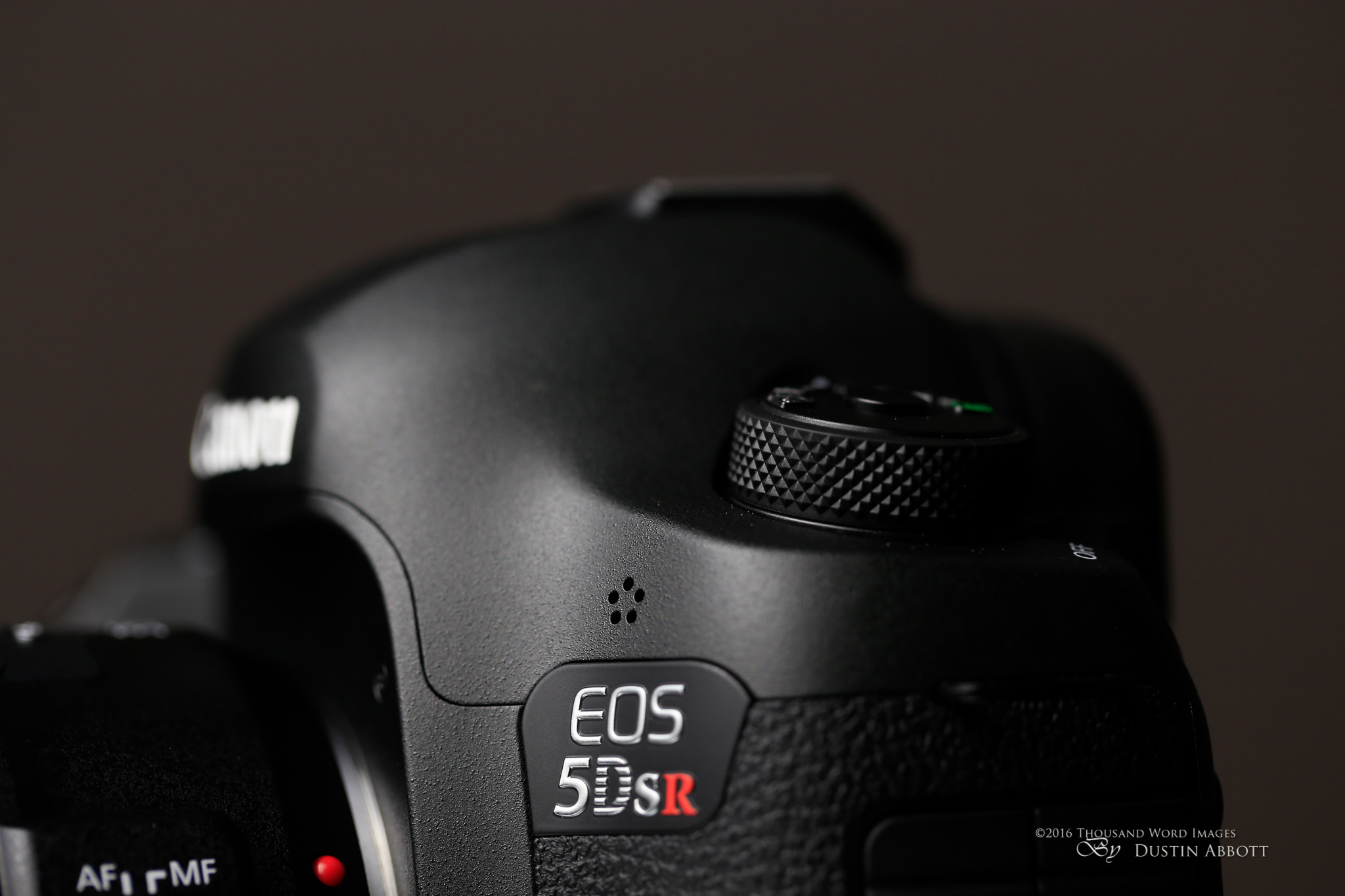

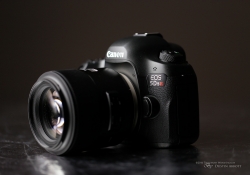
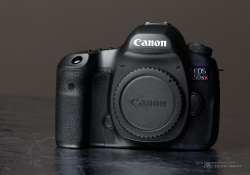

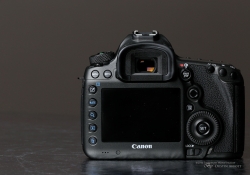

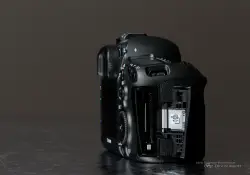
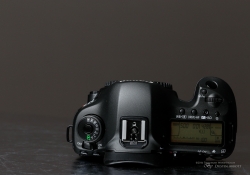

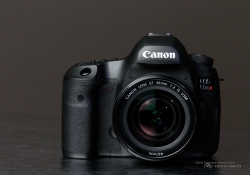
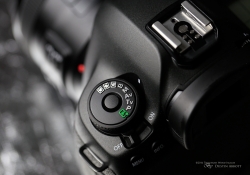
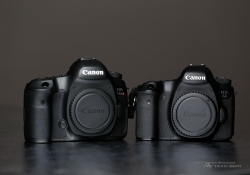

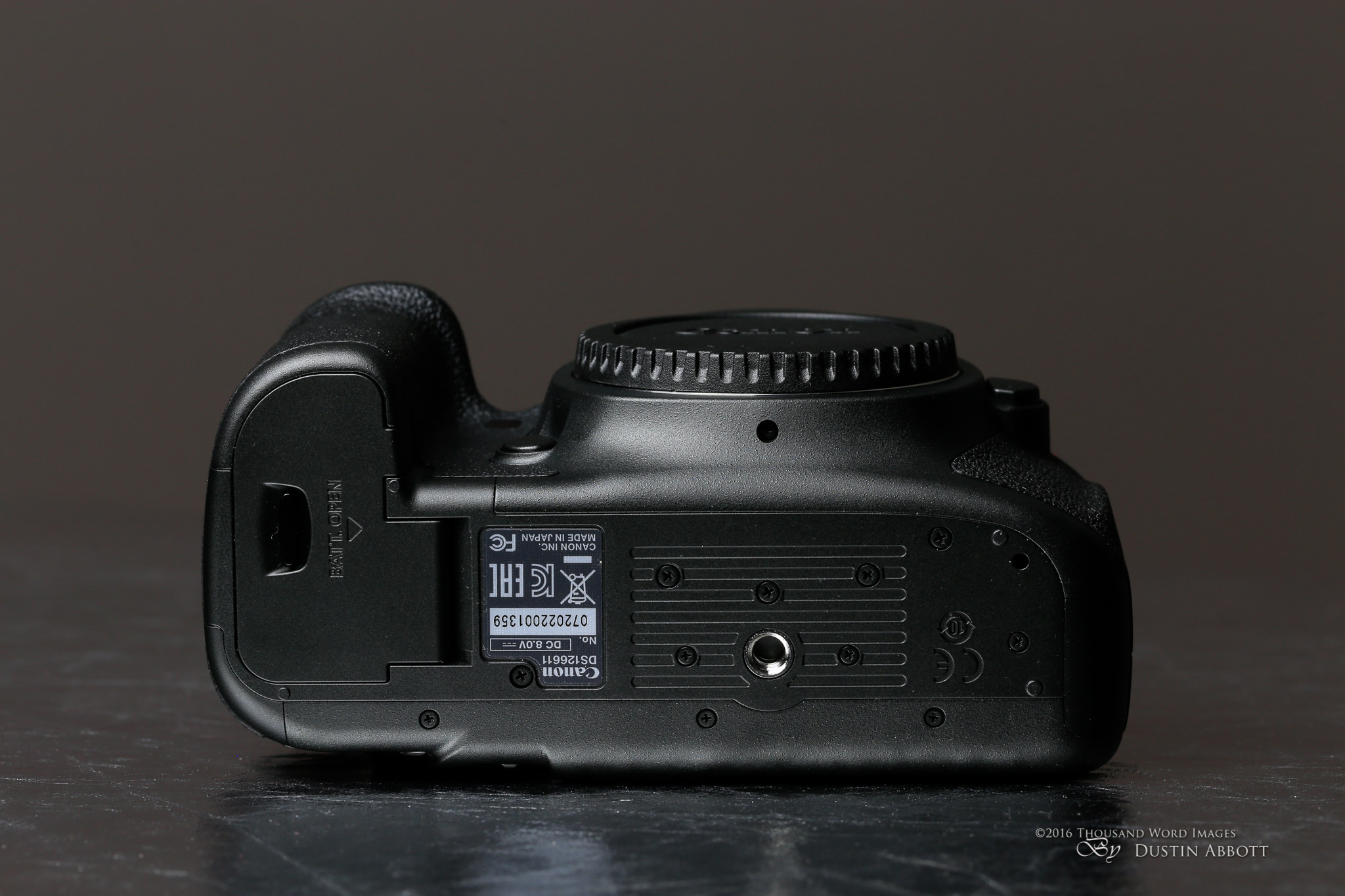

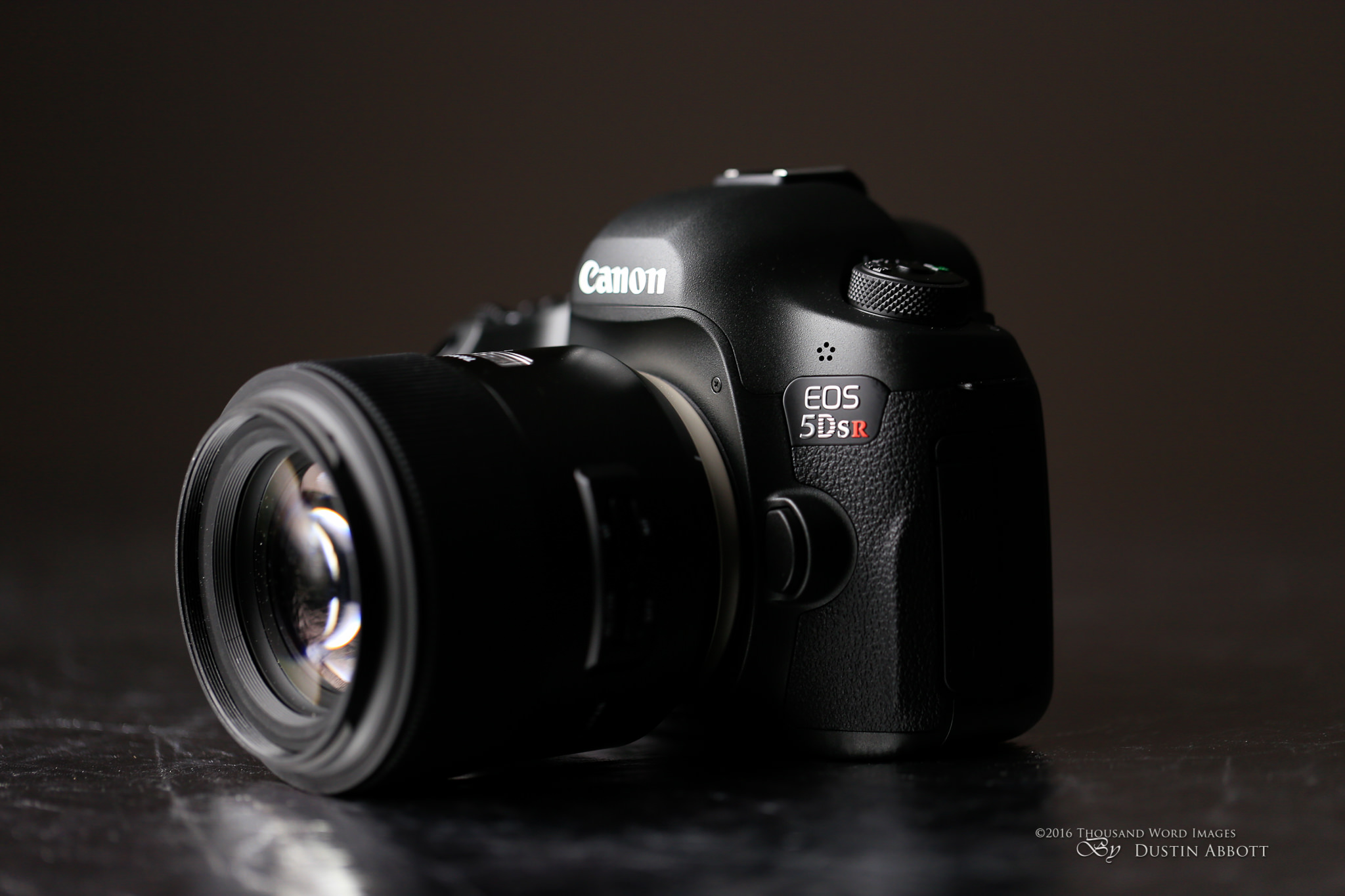
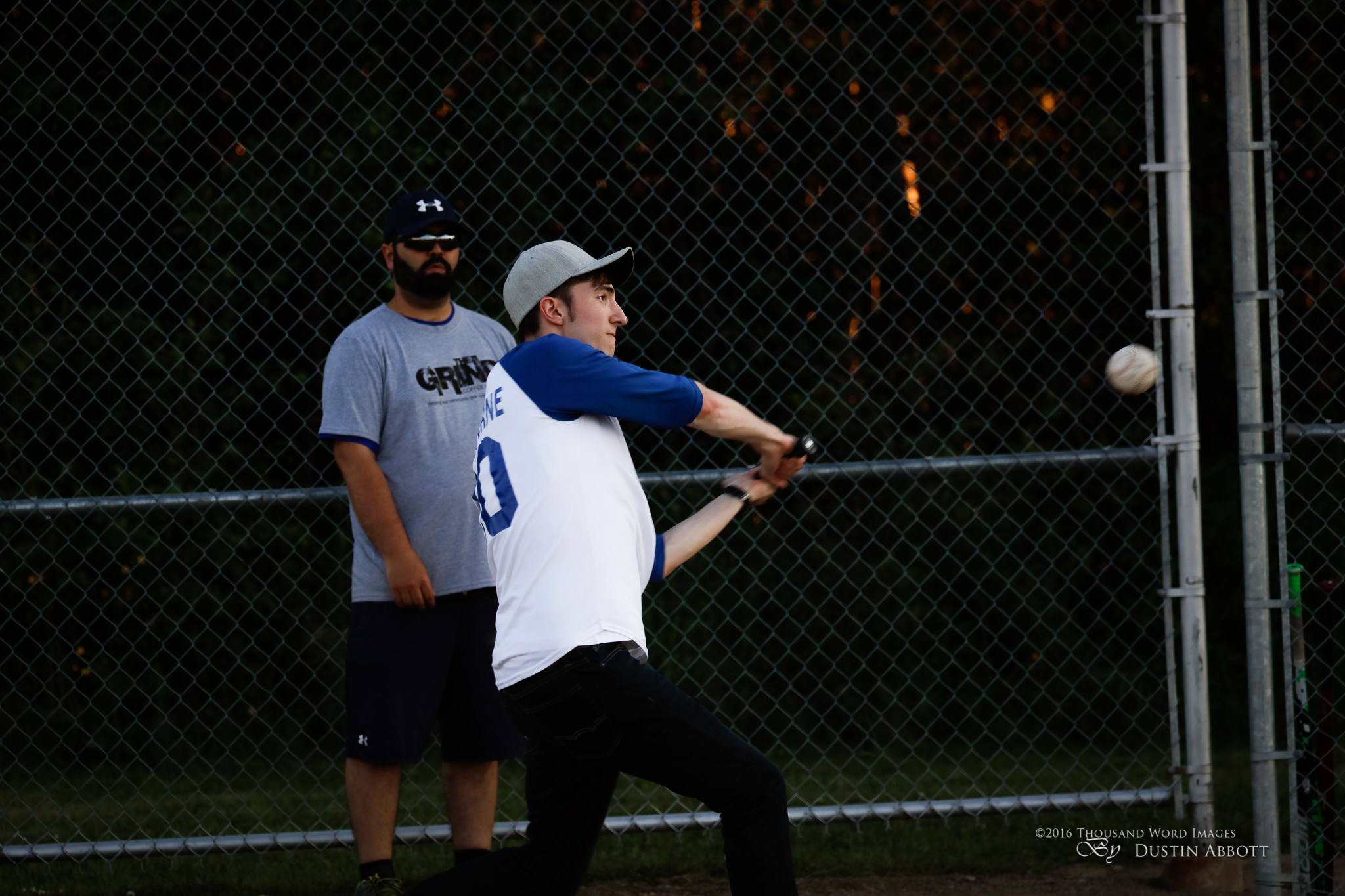
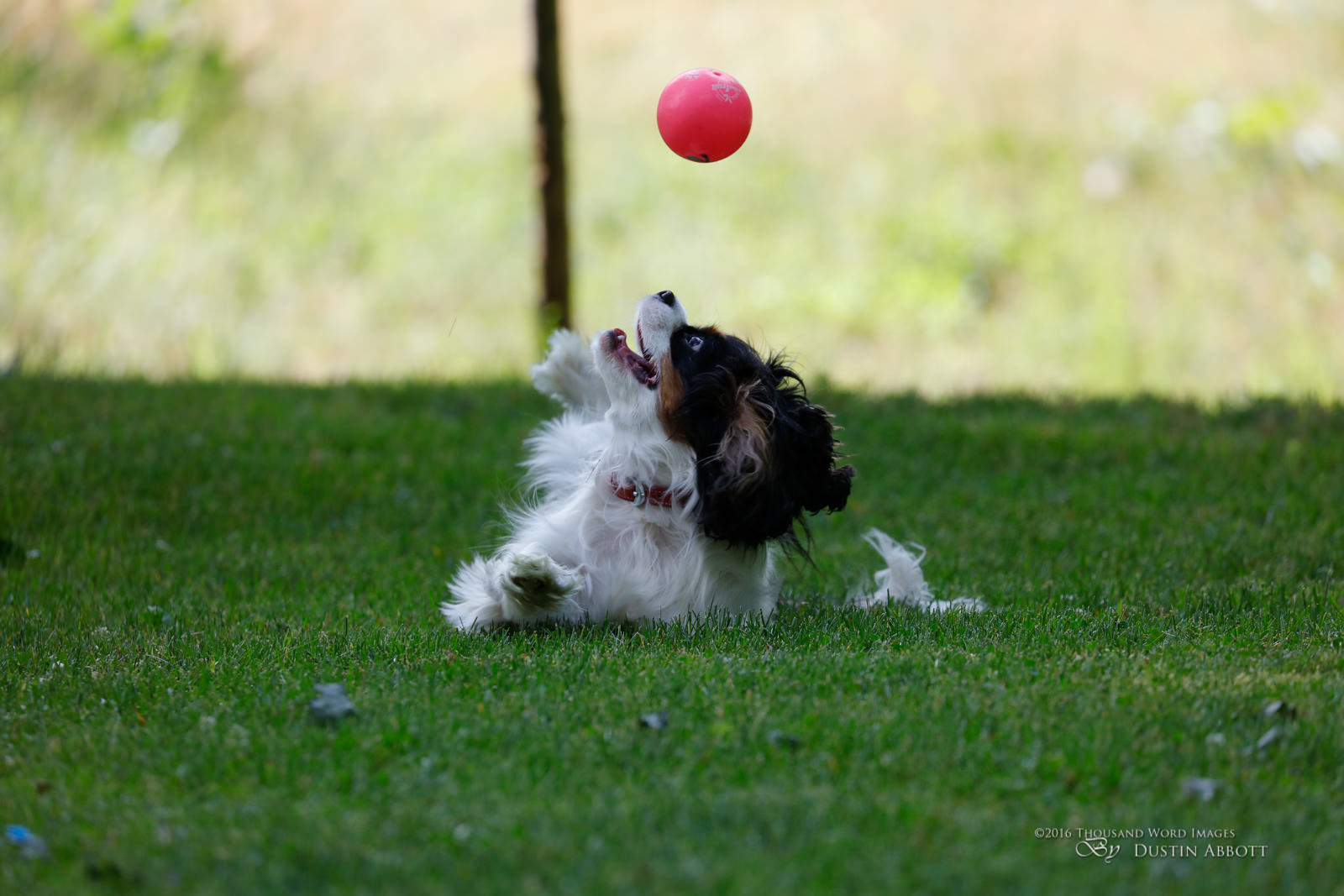

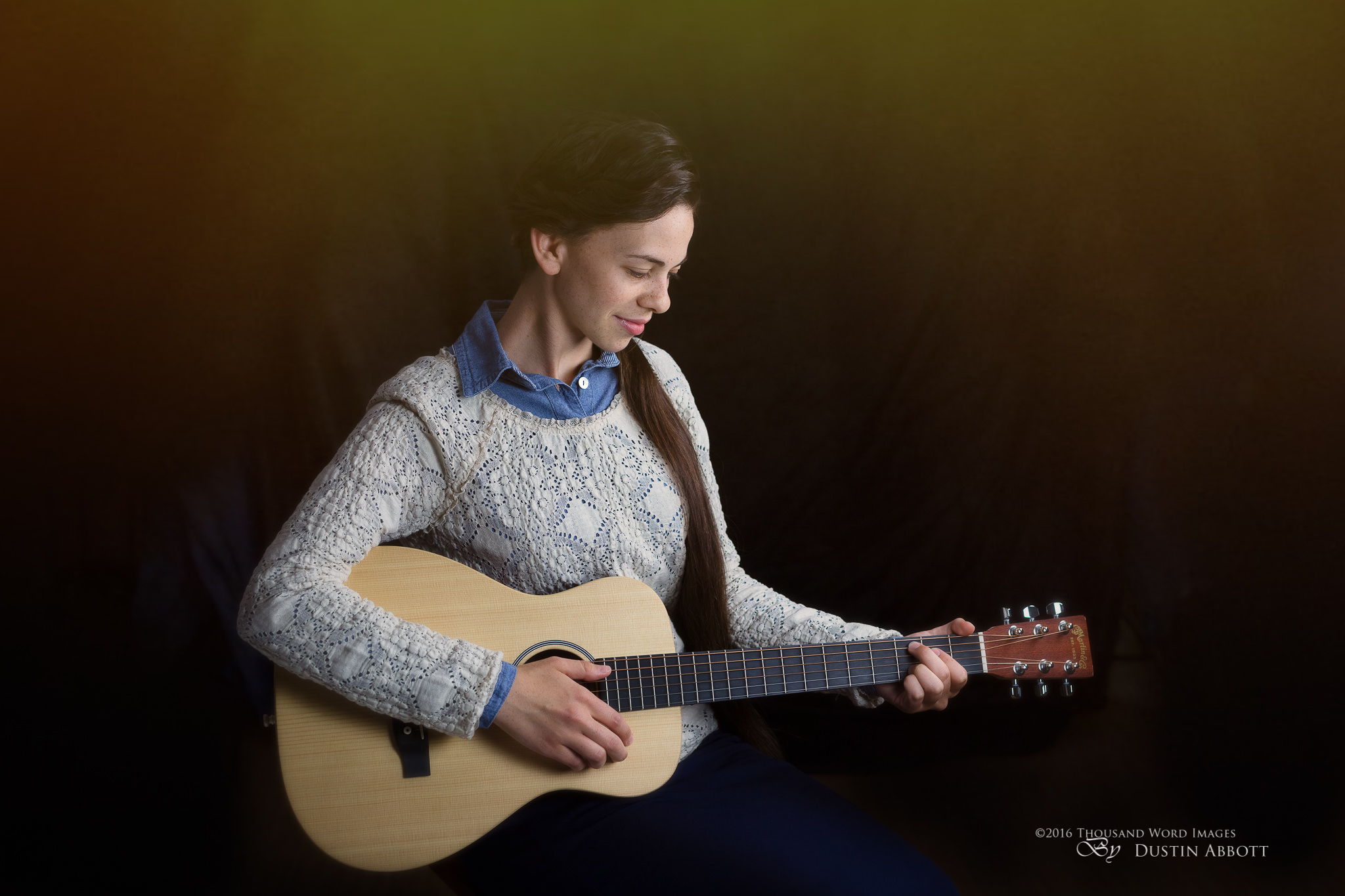
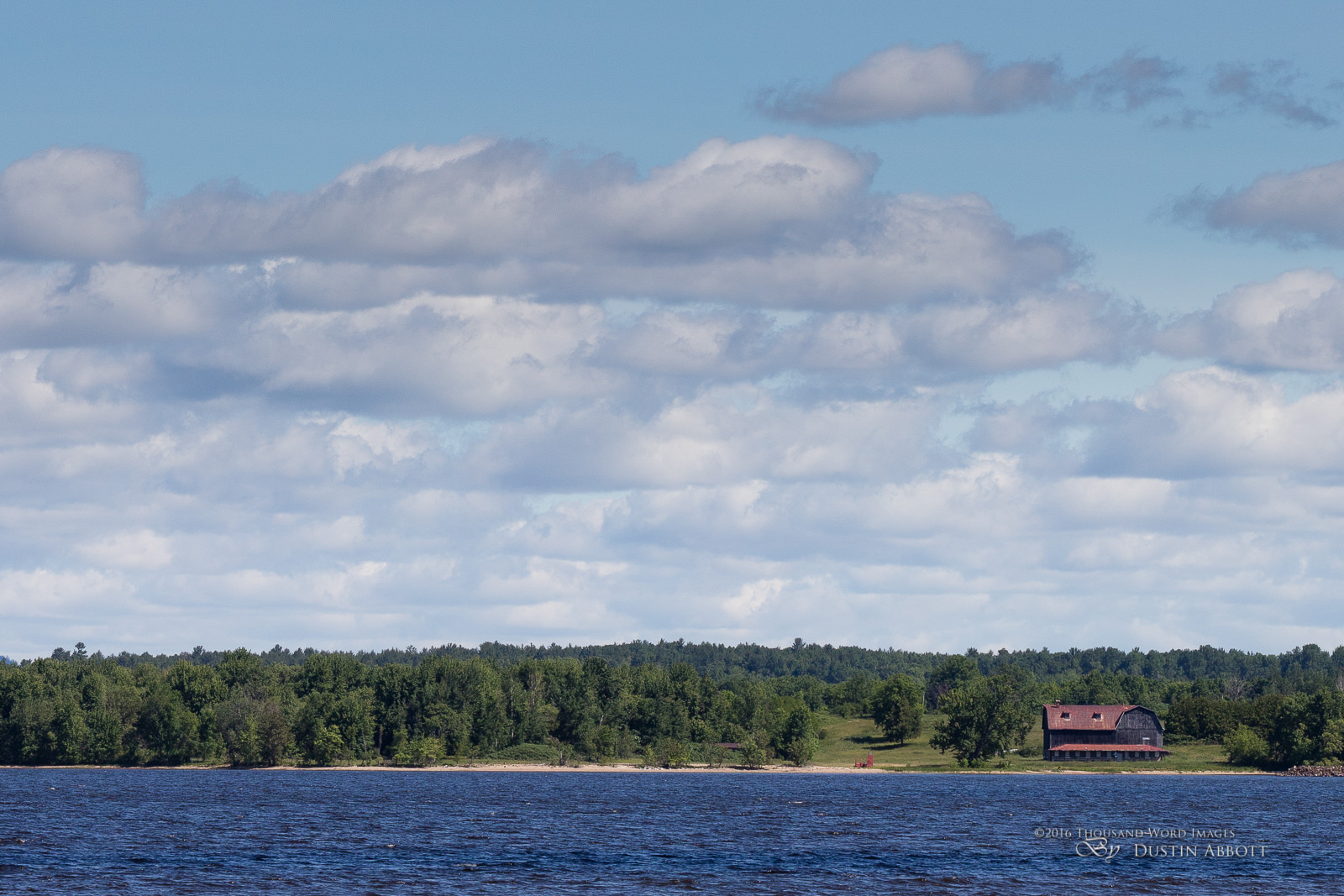
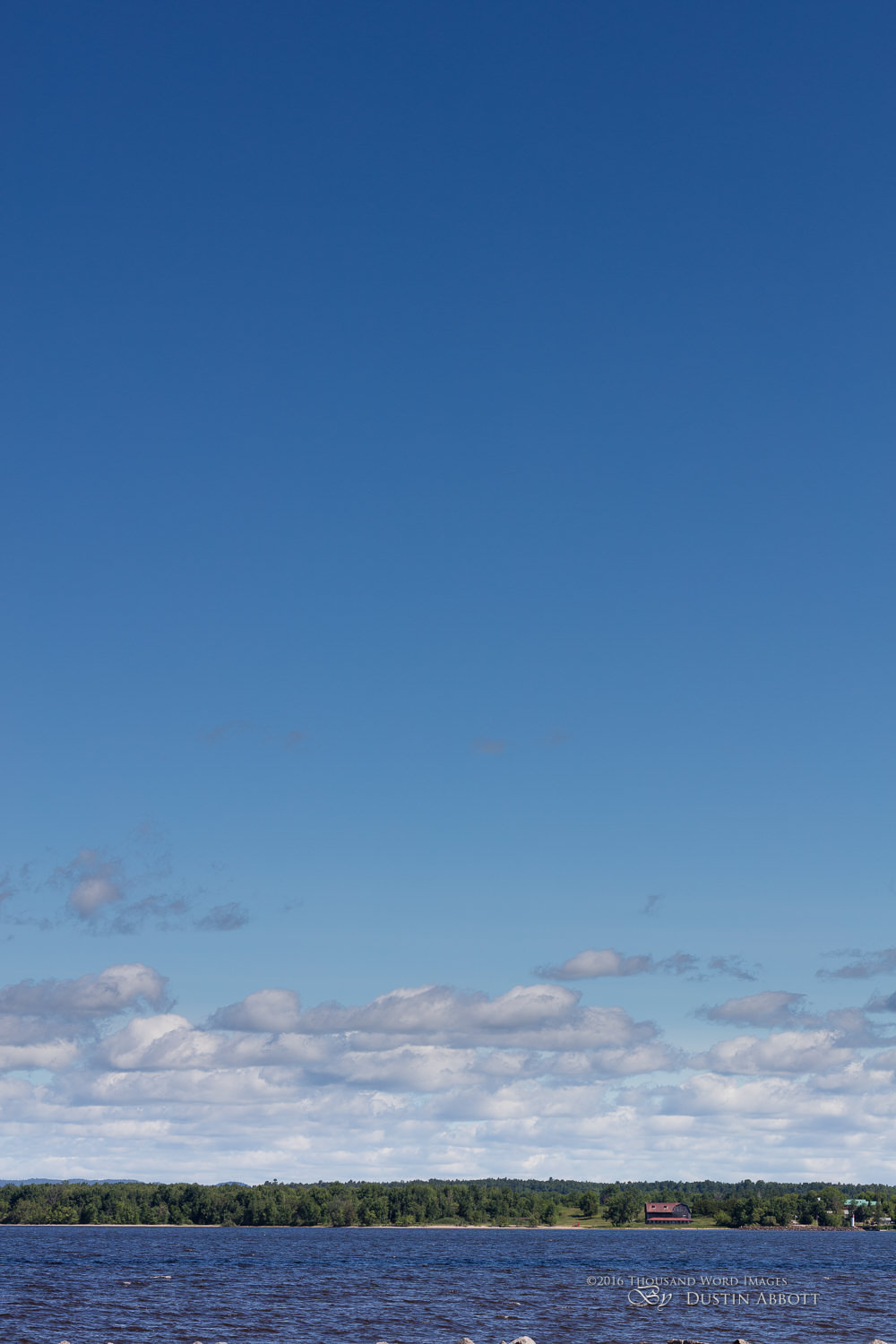
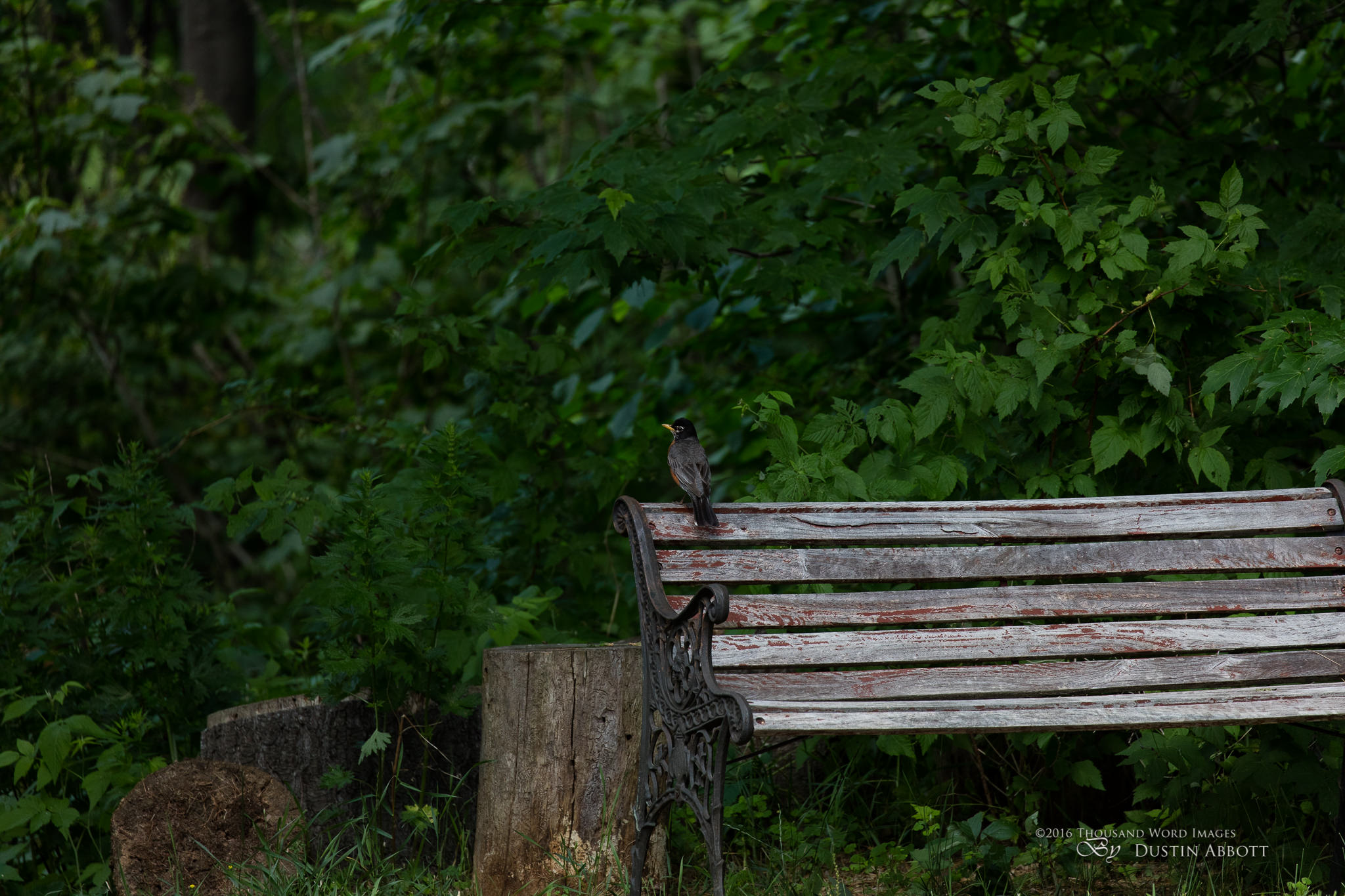
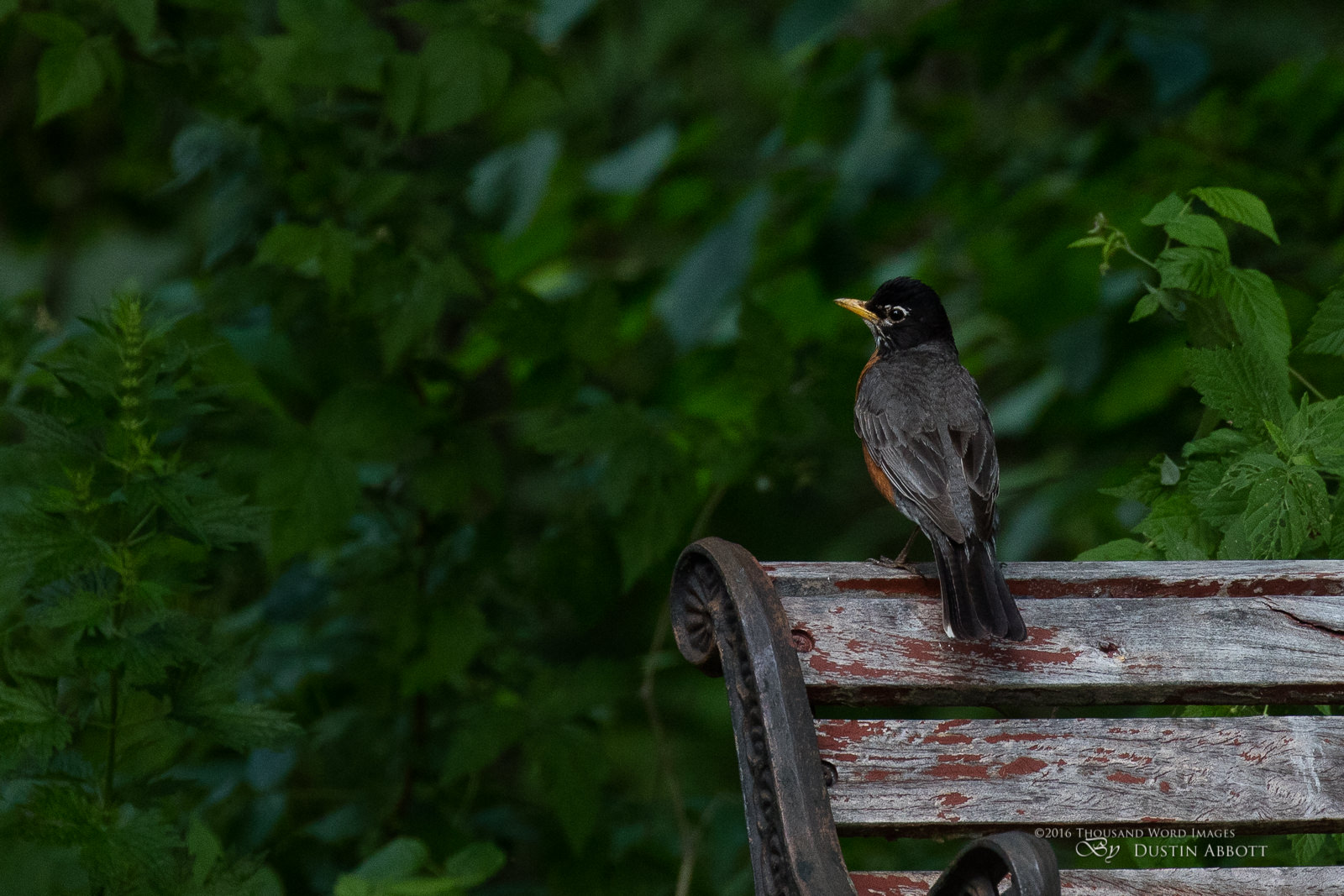

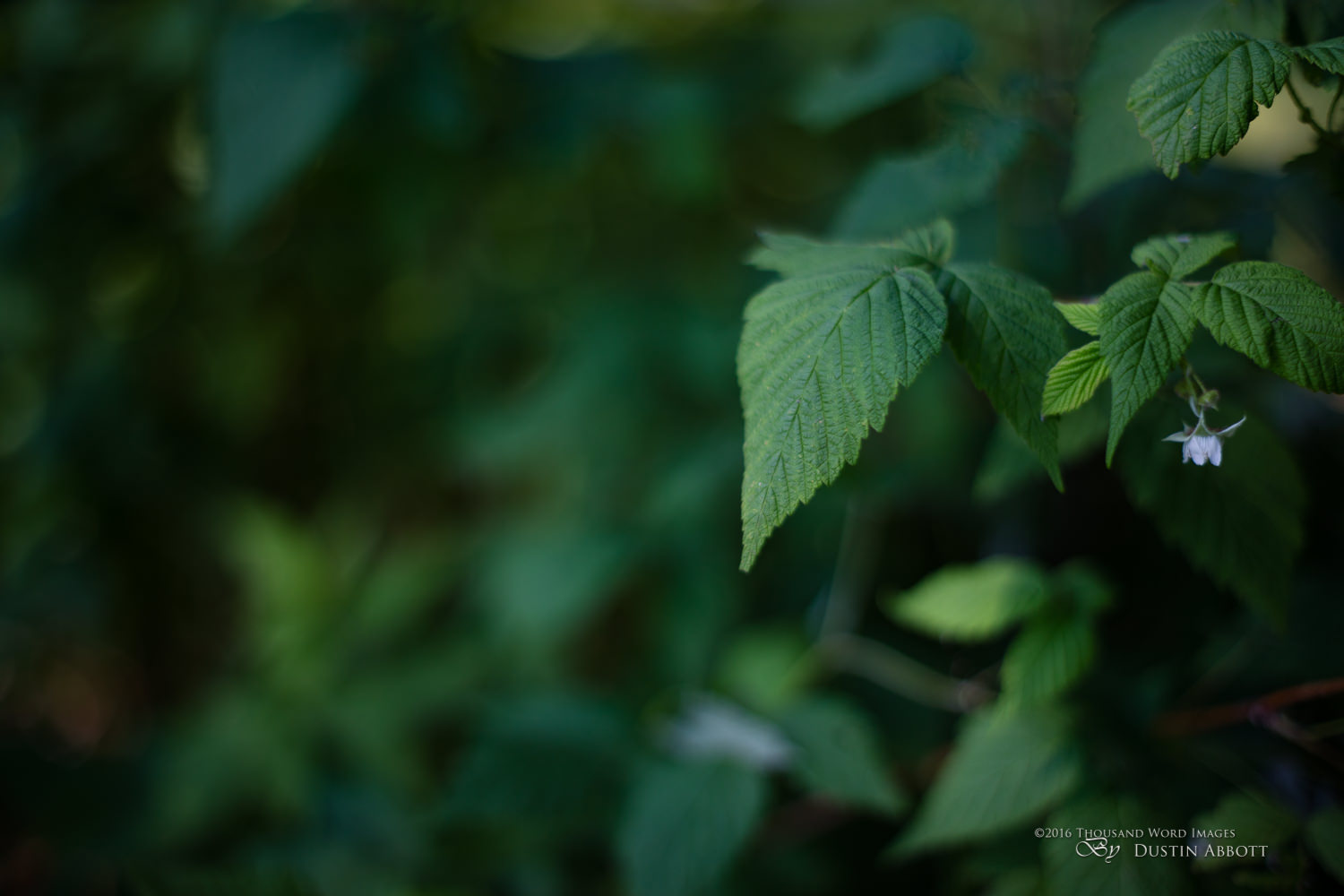
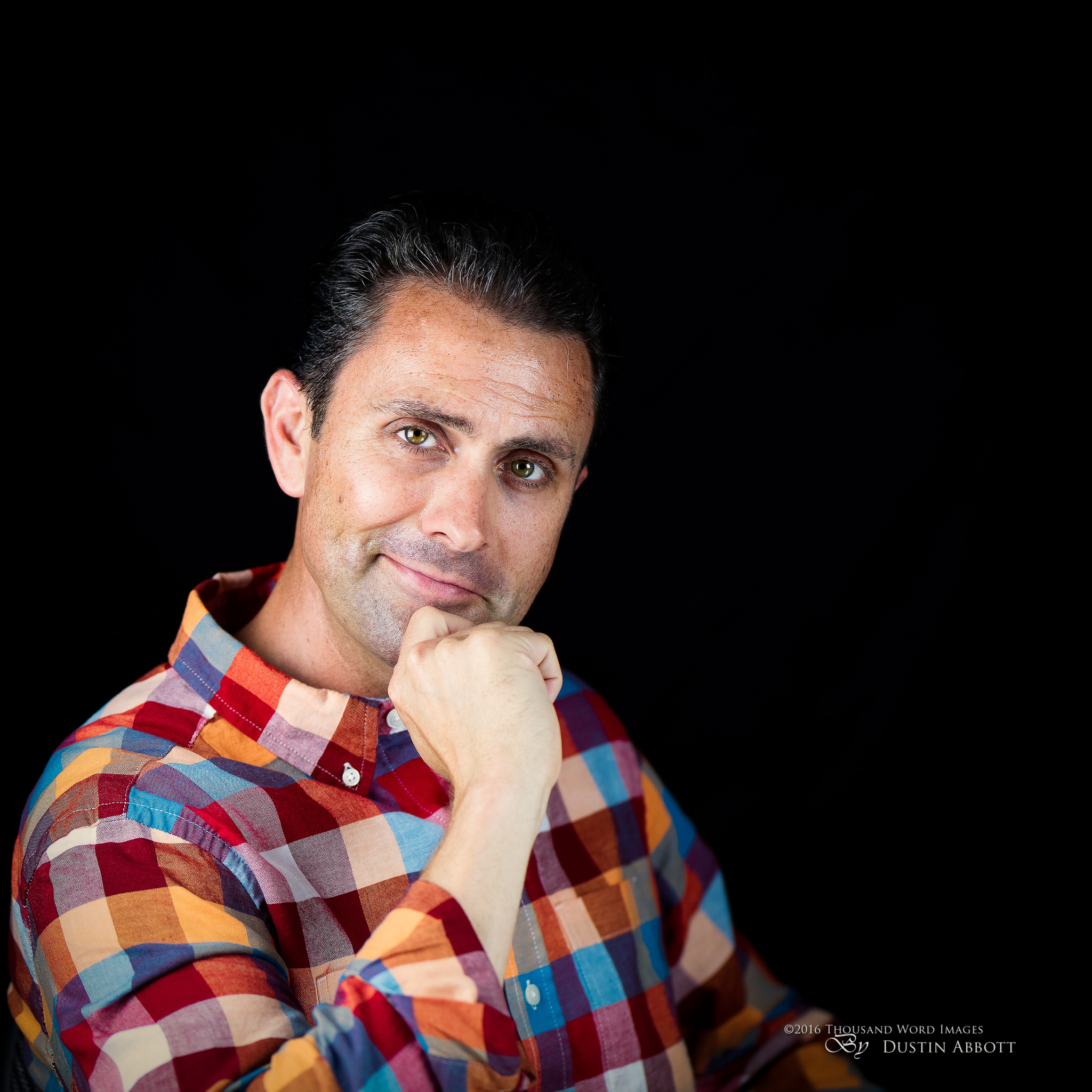
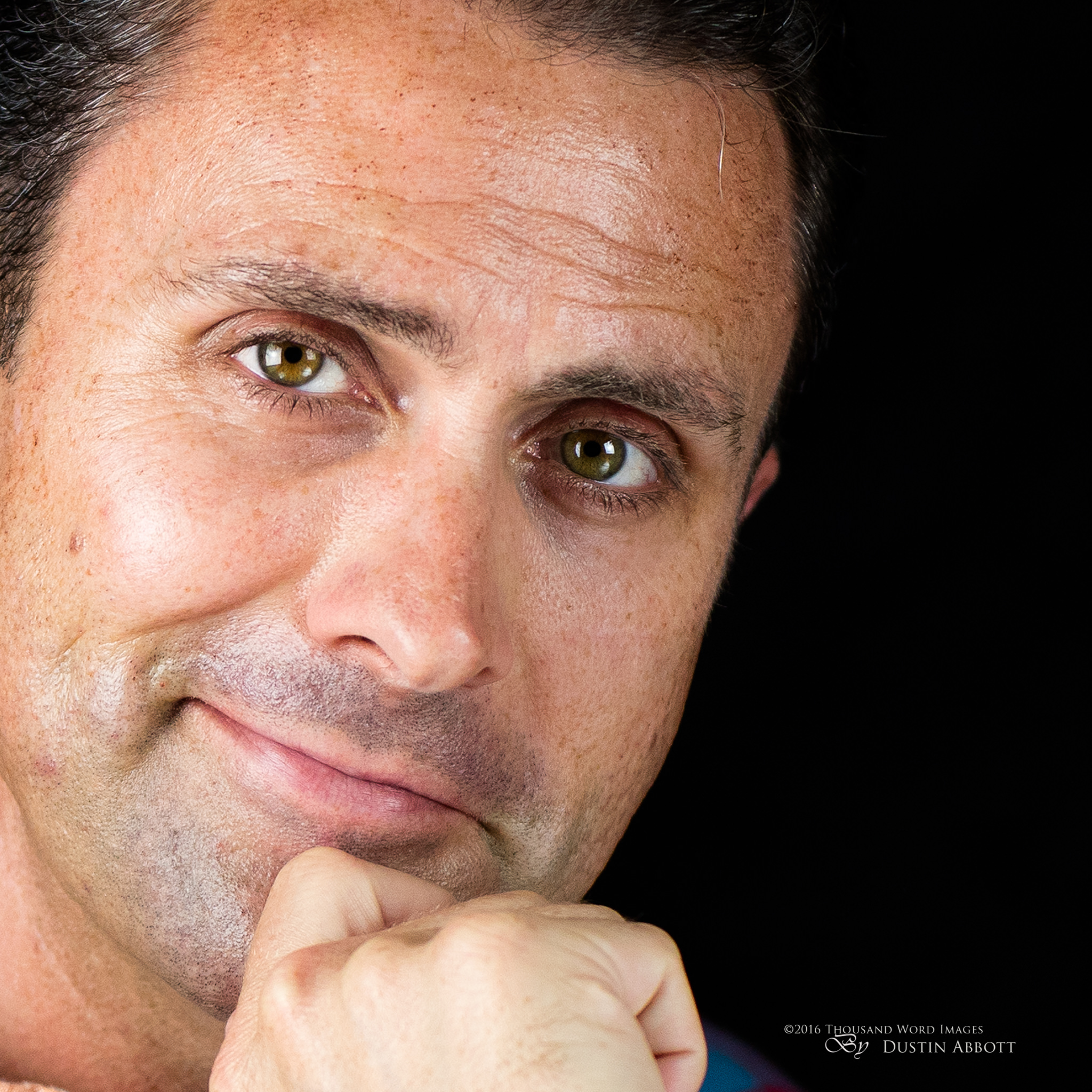
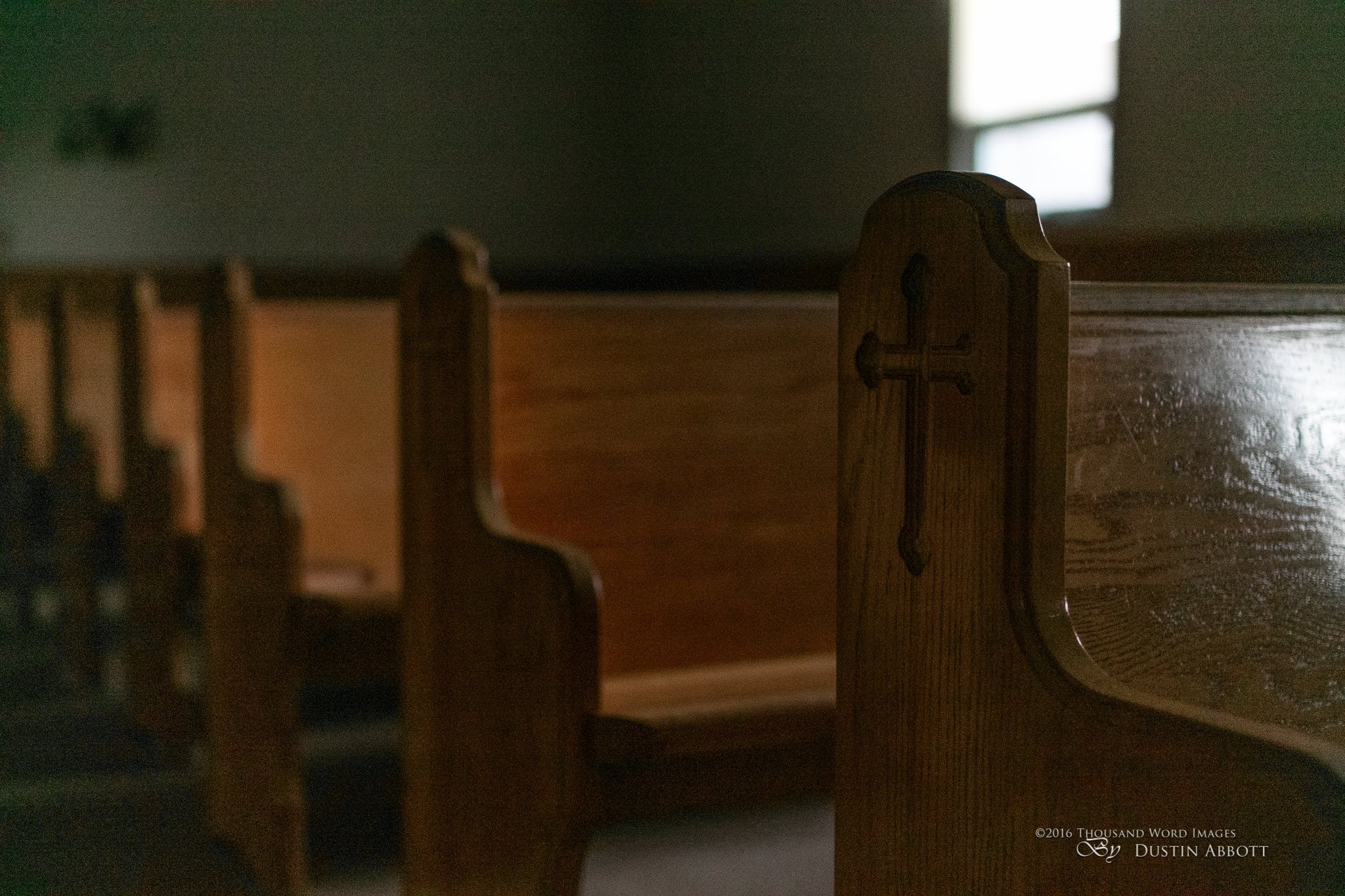
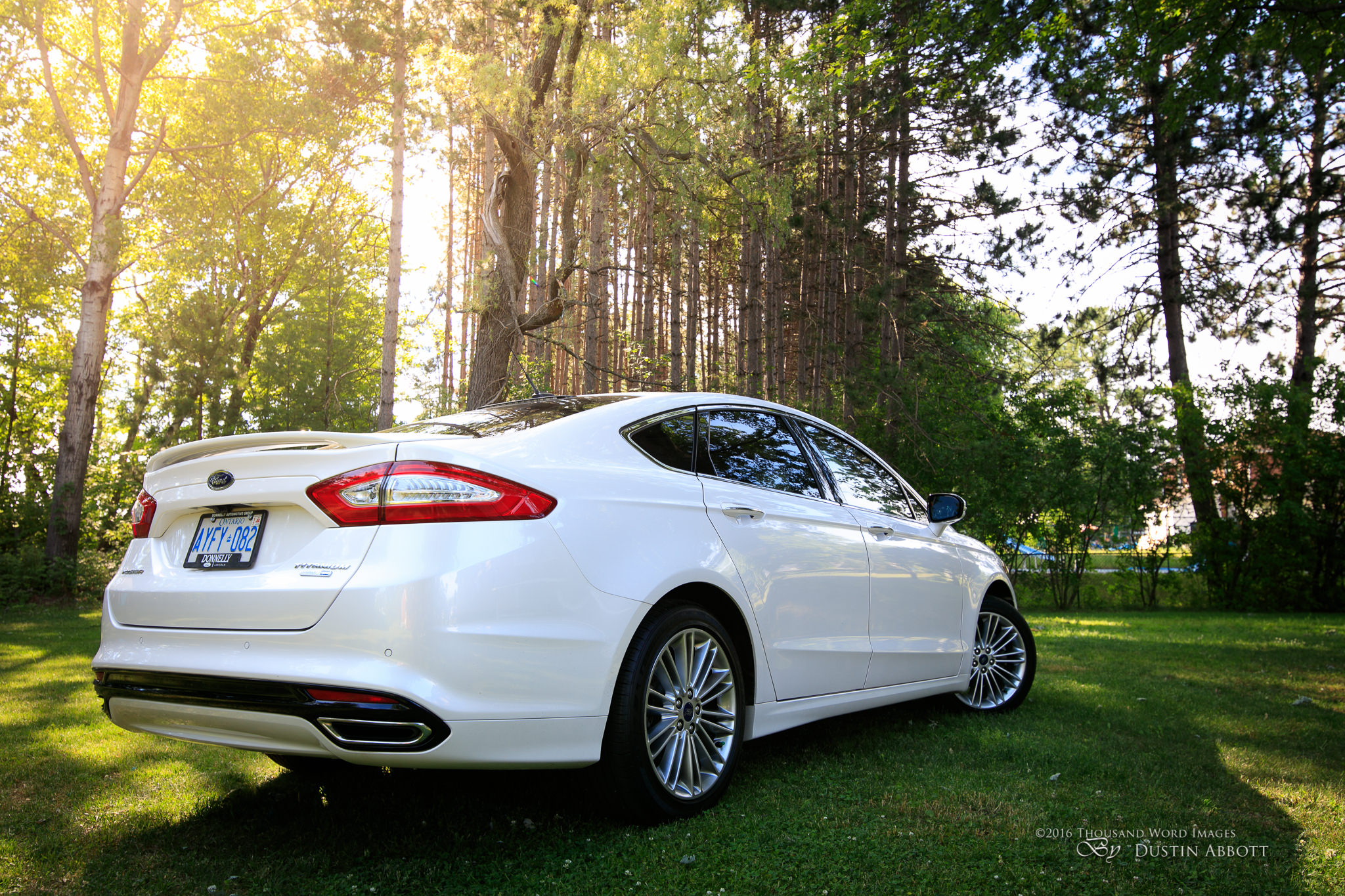
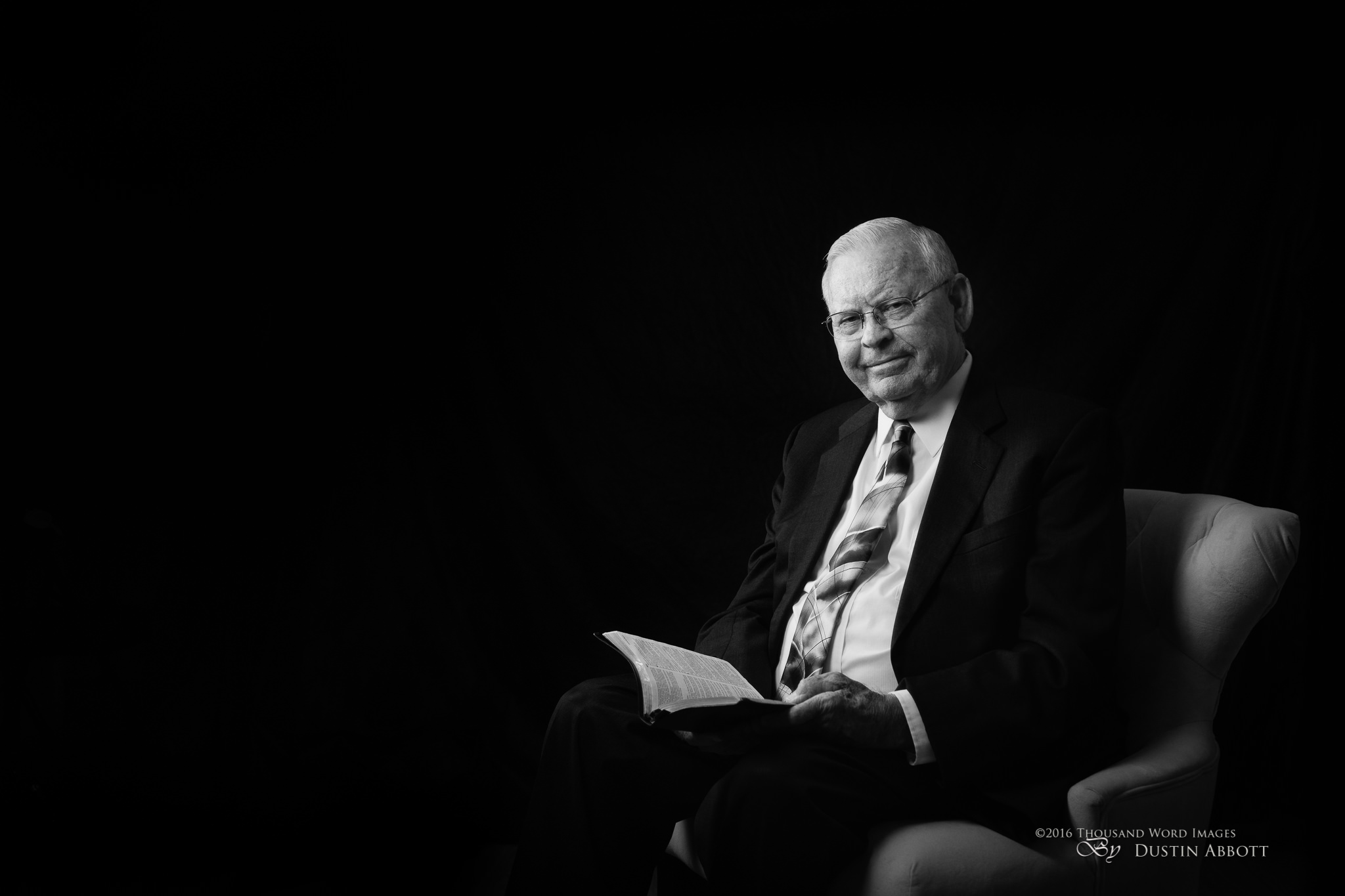
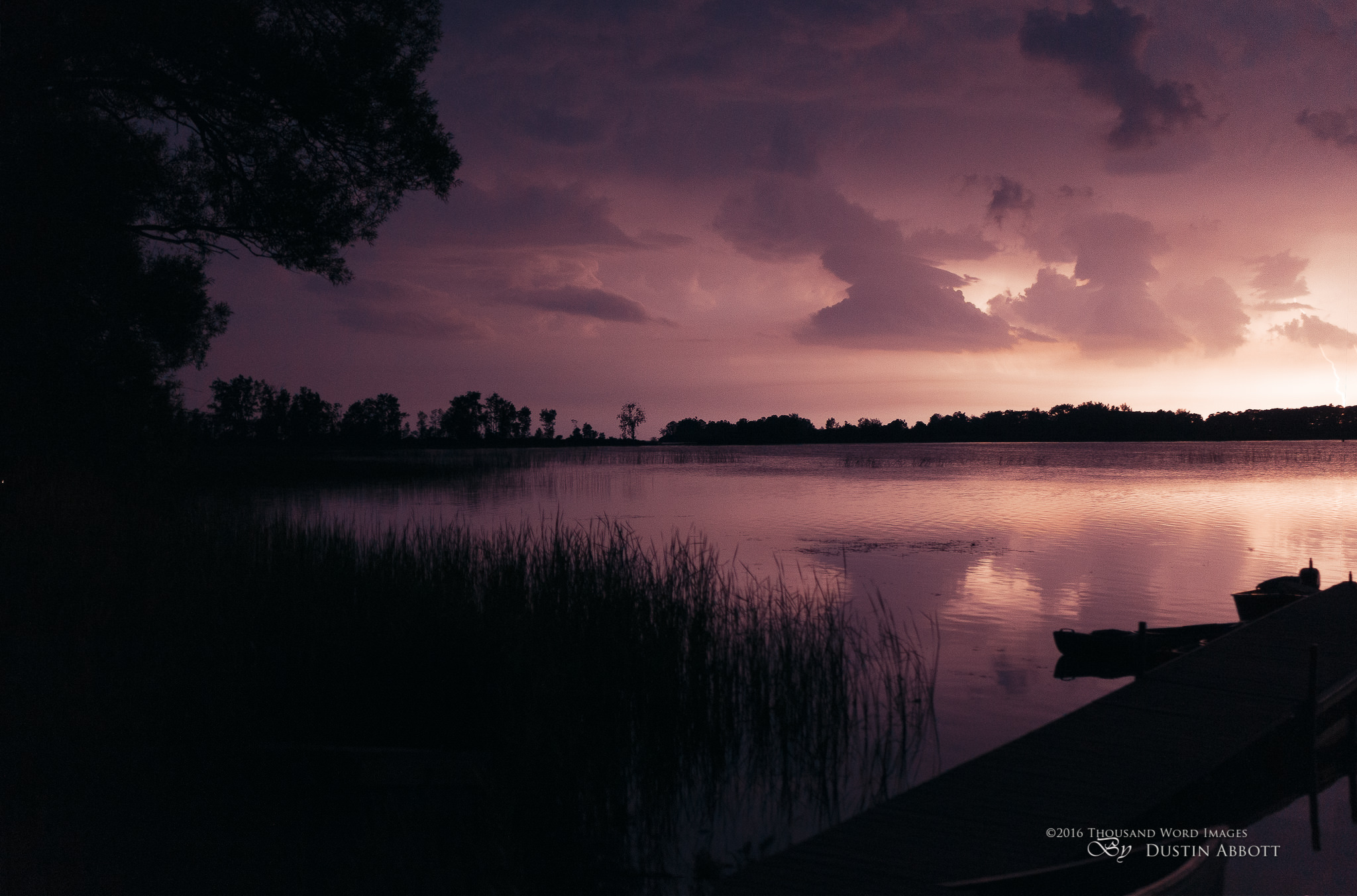

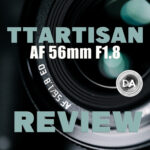 TTArtisan AF 56mm F1.8 X-mount Review
TTArtisan AF 56mm F1.8 X-mount Review 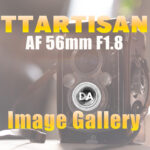 TTArtisan AF 56mm F1.8 Gallery
TTArtisan AF 56mm F1.8 Gallery  Canon EOS R8 Review
Canon EOS R8 Review 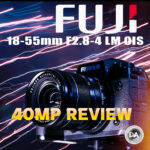 Fujinon XF 18-55mm F2.8-4 LM OIS 40MP 2024 Review
Fujinon XF 18-55mm F2.8-4 LM OIS 40MP 2024 Review 





Thank you for useful review! I think there is one more thing to be mentioned – required storage space for storing those 50-MB RAWs. I store mine RAWs on dedicated RAID HDDs since the beginning of time.
By the way, have you noticed the image quality degradation while shooting mRAW and sRAW? I have tested my EOS 6D in mRAW mode versus my old 5D (classic), side-by-side. The sharpness in mRAW mode was terrible in comparison to “true” 12 MP. So I ceased using it.
I really didn’t notice diminished sharpness in MRAW.